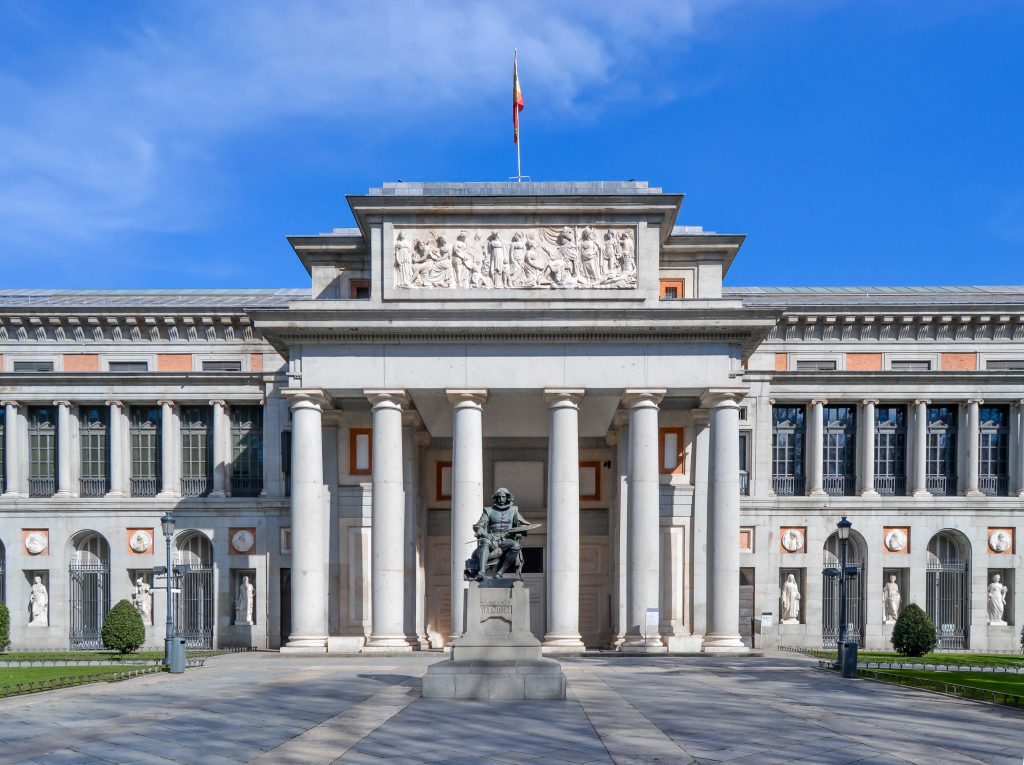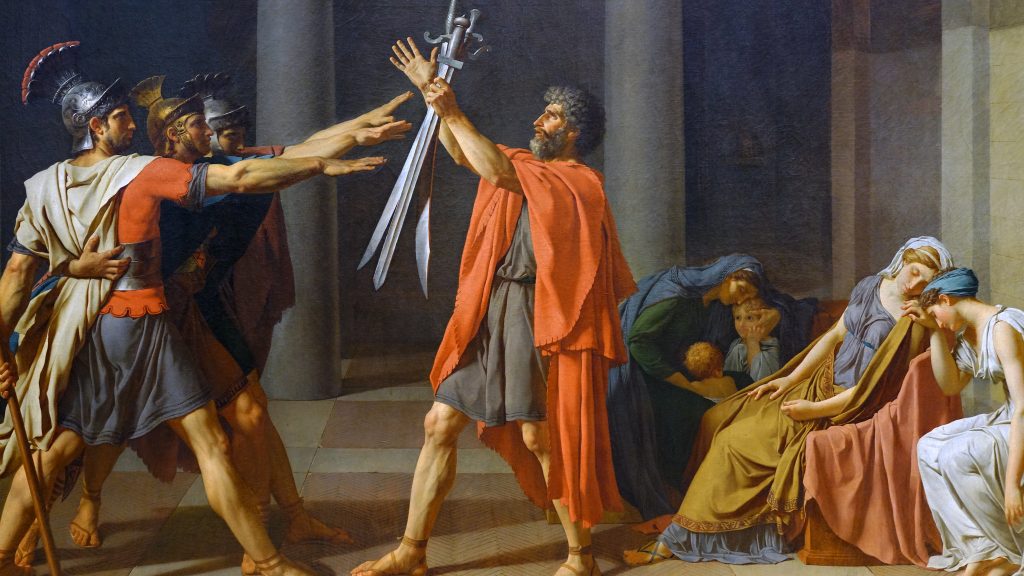Making Overtures: Classical Style
With the return of the ISO to the Hilbert Circle Theatre, patrons are once again treated to our hallmark offerings: the Classical and Coffee Classical Series. Used in this context, the term classical is defined as the following:
3b: of, relating to, or being music in the educated European tradition that includes such forms as art song, chamber music, opera and symphony as distinguished from folk or popular music or jazz
“Classical.” Merriam-Webster.com Dictionary, Merriam-Webster, https://www.merriam-webster.com/dictionary/classical. Accessed 3 Nov. 2021.
However, the dictionary provides another definition for the term classical, which refers to a specific period in music history:
3a: of or relating to music of the late 18th and early 19th centuries characterized by an emphasis on balance, clarity and moderation
“Classical.” Merriam-Webster.com Dictionary, Merriam-Webster, https://www.merriam-webster.com/dictionary/classical. Accessed 3 Nov. 2021.
We’ll focus here on the latter definition.
Tate Britain describes the term classical in this way:
The terms classic or classical came into use in the seventeenth century to describe the arts and culture of the ancient civilizations of Greece and Rome. The following of the principles of these ancient civilizations in art, architecture and literature is referred to as classicism. Classicism is generally associated with harmony and restraint, and obedience to recognized standards of form and craftsmanship.
https://www.tate.org.uk/art/art-terms/c/classicism


Thus, composers of the late 18th Century, like painters, writers, and architects, reached back to the standards of classical antiquity for their inspiration. They revived ancient ideals after the excesses of the Baroque Era. Some of the terminology reflects this: the era’s art is called Neoclassical (neo meaning new or fresh). However in music it’s simply called Classical Era, Classical Period, or sometimes, just Classical.
The Classical Period in music reached its zenith in Vienna between 1770 and 1830. The works of Haydn, Mozart and early Beethoven are emblematic of “classic” ideals: balance, clarity, harmony, restraint, and (especially) adherence to recognized standards of form.
These composers imagined music on a larger scale than their Baroque predecessors, but with numbers more restrained than what was to come after them. In Classical Era orchestral music, we most often hear a string ensemble with pairs of woodwind instruments, a pair of horns, and a set of timpani.
With very few exceptions, Haydn and Mozart adhere to the standard formal structures of their time. Beethoven, who was born a few decades later, started similarly, but eventually broke away from the Classical restraints of form and harmony, as a reflection of the revolutionary times in which he lived.
Classical symphonies contain four movements:
- Sonata form (see our September issue)
- a slow movement
- a Minuet/Trio in ternary form (see our August newsletter), often of a light-hearted or joking character
- Sonata Form or Rondo form, with a fast tempo leading to a rousing conclusion
Classical concertos contain three movements:
- Sonata Form
- a slow movement
- Rondo form
Below are some excellent examples of orchestral pieces of the Classical Era, Haydn’s Symphony No. 104 (London) and Mozart’s Violin Concerto No. 3, K 216. Happy Listening!